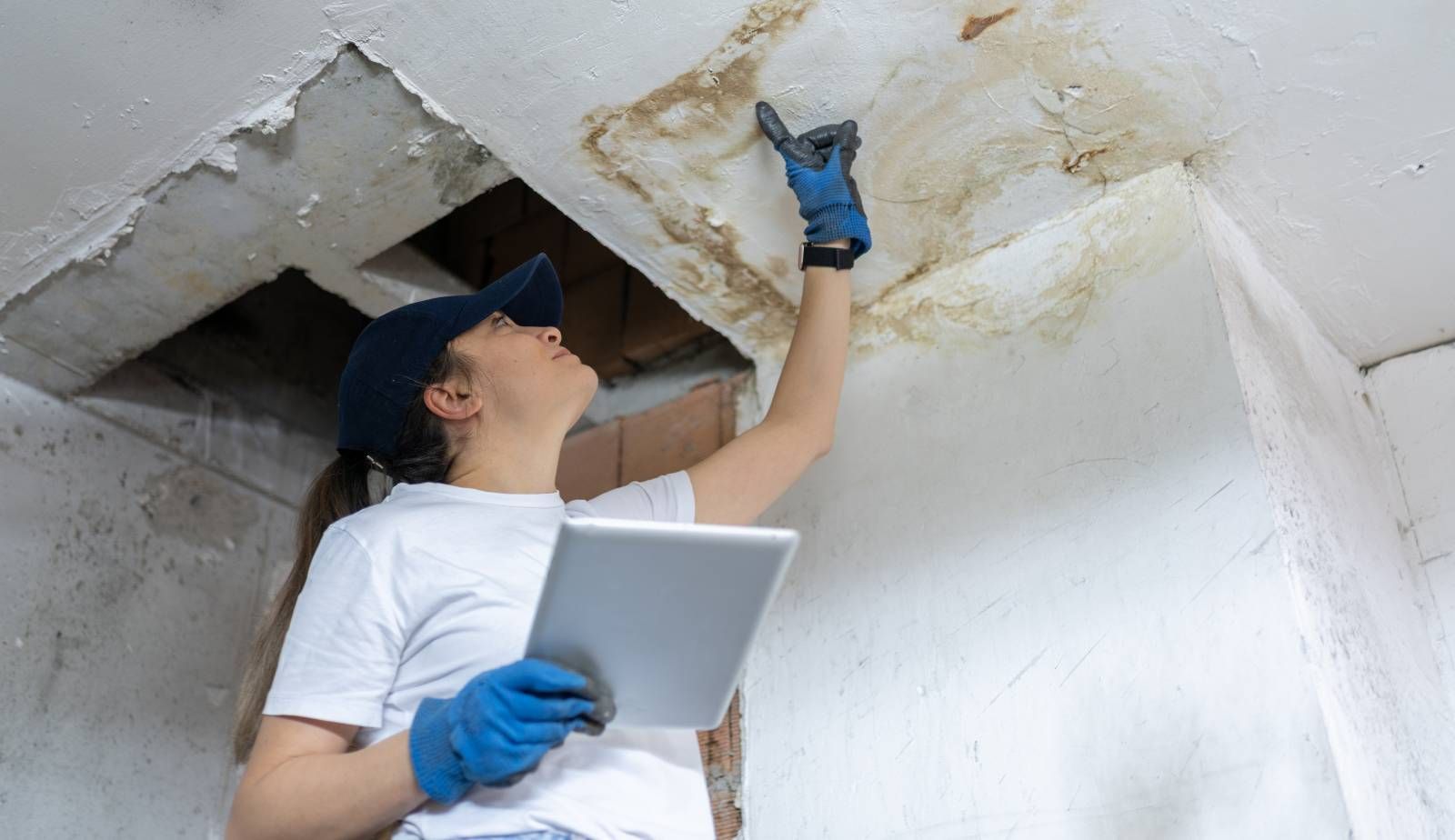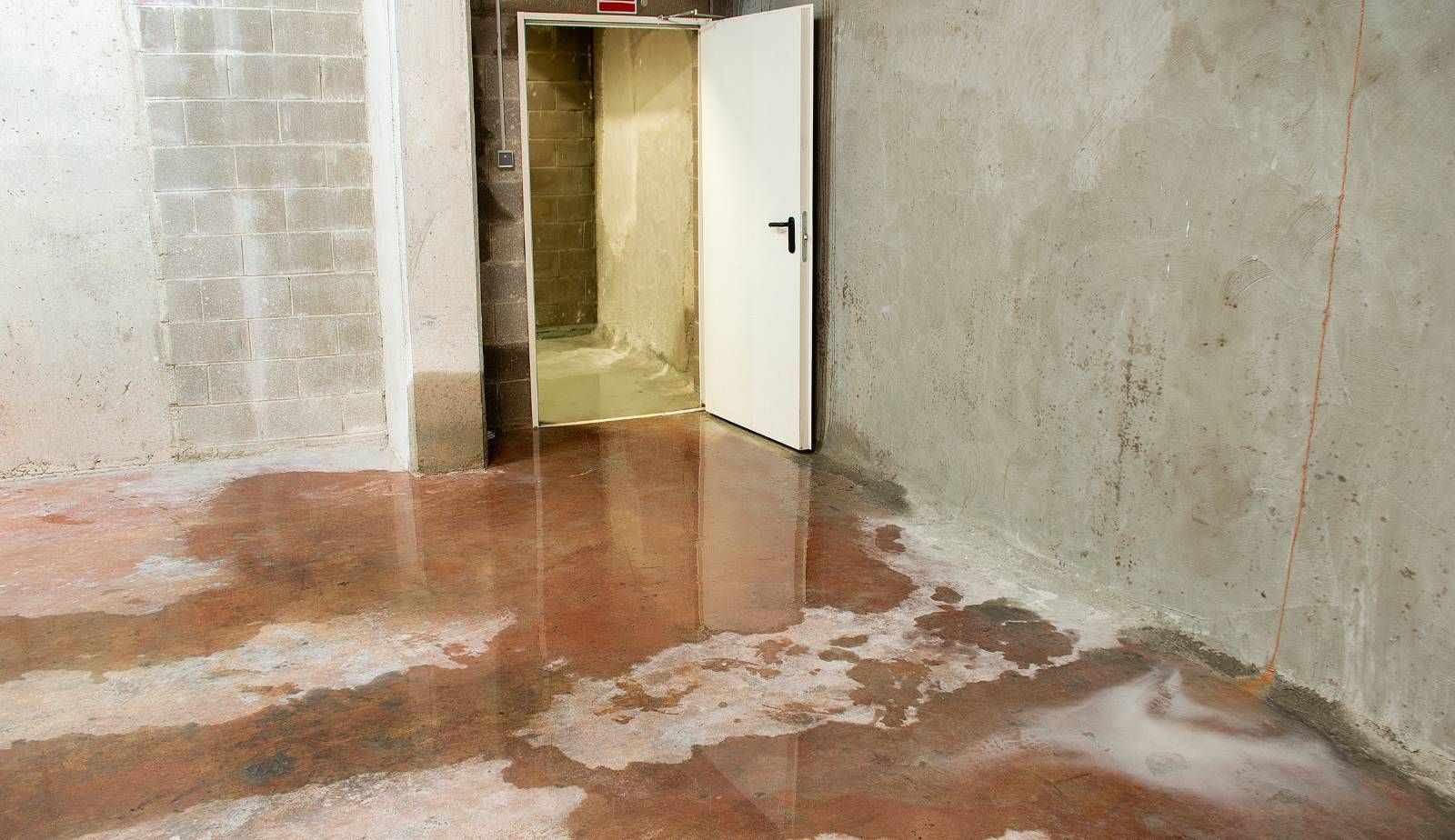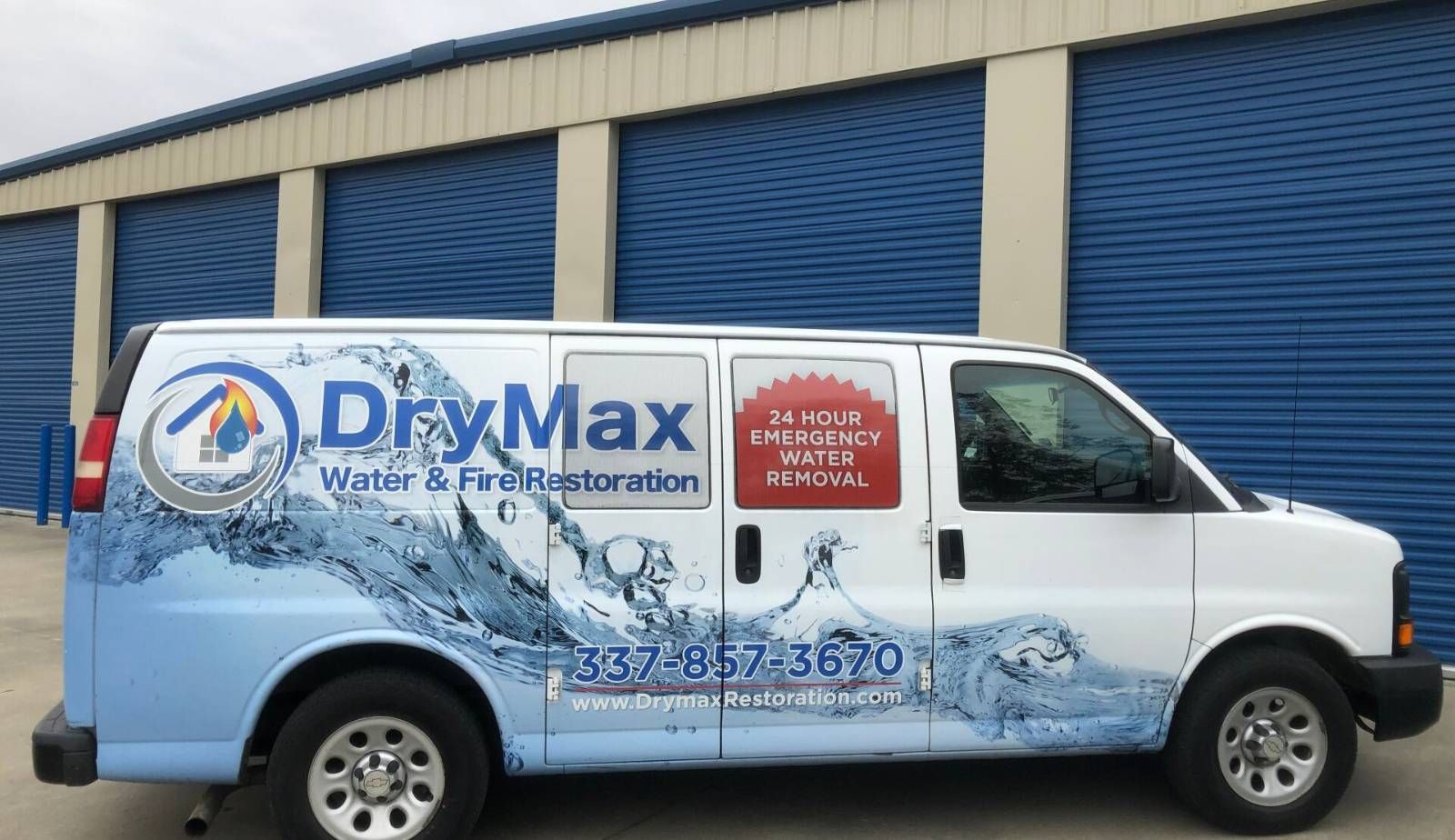Top 10 Mistakes Homeowners Make After Water Damage: Avoid Common Errors and Ensure Proper Restoration with Insights from Drymax
Experiencing water damage can be an overwhelming event for any homeowner. Quick and effective response is crucial in preventing further issues, but many individuals make mistakes that can exacerbate the situation. Understanding the top errors made after water damage, such as delaying the response or using improper drying techniques, enables homeowners to take appropriate actions and protect their property.
From not addressing the source of the water intrusion to neglecting to consult professionals, these common pitfalls can lead to more severe damage and higher repair costs. Homeowners need to be aware of these missteps to ensure a safer and more efficient recovery process.
This article explores the top ten mistakes homeowners make after experiencing water damage and offers insights on how to avoid them. By being informed and proactive, they can safeguard their homes and minimize the impact of water-related issues.
Immediate Actions Post-Water Damage
When faced with water damage, quick and efficient action is crucial to minimize further harm. Addressing both the assessment of the damage and prioritizing safety are essential steps for homeowners navigating this stressful situation.
Assessing the Damage
Upon noticing water damage, the first step is to assess the extent of the issue. Homeowners should inspect all affected areas, including walls, floors, and ceilings. Identifying visible water intrusion and any structural issues helps determine the necessary response.
It's important to take notes and document the damage with photographs. This documentation can be useful for insurance claims and future repairs. Begin by checking for any signs of mold, which can develop quickly in damp conditions.
If substantial damage is found, such as sagging ceilings or wet insulation, contacting a professional for assessment and remediation may be required. Quick action can greatly reduce the overall cost and effort needed for repairs.
Safety First: Prioritizing Your Wellbeing
Safety should always come first in any water-damaged environment. Homeowners must evaluate risks before entering hazardous areas. Standing water may contain electrical hazards or contaminants, requiring caution.
Wearing protective gear, such as gloves and boots, is essential when dealing with water-damaged possessions. This helps prevent exposure to harmful substances that may be present in the water.
In cases of severe flooding, it may be necessary to evacuate and wait for emergency response teams. Ensuring family members are safe and accounted for is the top priority before addressing the damage. After ensuring safety, action should be taken to mitigate further risks, like turning off electricity if safe to do so.

Understanding The Severity of Water Damage
Water damage can range from minor inconveniences to major structural threats. Recognizing the type and extent of the damage is crucial in formulating an effective response to prevent further complications.
Categorizing Water Damage
Water damage is typically categorized into three categories based on contamination levels.
- Category 1: This is clean water from a source like a broken pipe or overflow. It poses minimal health risks.
- Category 2: Known as gray water, this comes from sources such as dishwashers or washing machines. It may contain chemicals or contaminants.
- Category 3: This includes black water from sewage or flooding, which is highly contaminated and poses significant health risks.
Each category requires a different response strategy, especially regarding drying techniques. Quick and appropriate actions can minimize further complications, including structural damage and mold growth.
Long-Term Risks: Mold and Structural Concerns
Failing to address water damage promptly can lead to serious long-term issues. Mold growth is a significant risk in areas with hidden moisture. Mold can develop within 24-48 hours under optimal conditions, causing health problems and requiring costly remediation.
Structural damage is another concern, particularly if water has infiltrated building materials like wood, drywall, or insulation. Prolonged exposure to moisture weakens these materials, leading to potential collapse or costly repairs.
Homeowners should monitor their property closely after any incident of water damage. Taking immediate action can prevent extensive repairs and ensure a safe living environment.
Effective Water Removal Techniques
Effective water removal is essential for preventing further damage and promoting a safe environment. Homeowners can choose from industrial-grade equipment or various DIY methods to address water issues. Each approach has its strengths, depending on the severity of the water intrusion.
Utilizing Industrial-Grade Equipment
Industrial-grade equipment is often necessary for significant water damage. High-capacity pumps quickly remove standing water, especially in flooded areas. These pumps can efficiently handle large volumes, reducing the risk of mold growth.
Dehumidifiers play a crucial role in this process. They extract moisture from the air, lowering humidity levels, which speeds up the drying process. They are available in various sizes to suit different needs.
Air movers work in tandem with dehumidifiers. These devices circulate air to enhance evaporation rates. Placing them strategically around the affected area ensures quicker drying. Together, these tools create a comprehensive approach to effective water removal.
DIY Solutions to Address Minor Water Damage
For minor water damage, homeowners can employ several DIY solutions. First, using wet/dry vacuums enables the removal of smaller amounts of water efficiently. These vacuums are ideal for quick clean-up in areas like basements and bathrooms.
In addition to vacuums, homeowners often use towels to soak up water. It is crucial to replace saturated towels frequently to maximize absorption.
Setting up fans can also aid in drying wet areas. Fans increase air circulation, which helps evaporate moisture faster. Utilizing a combination of these methods can be effective in managing minor water issues without professional assistance.

Documentation and Insurance Claims
Proper documentation of water damage is crucial for homeowners seeking compensation through insurance claims. Accurate records can streamline the claims process and help ensure fair compensation.
Document the Damage Thoroughly
Homeowners must document all aspects of the water damage as soon as possible. Taking photos and videos is essential. These visual records provide undeniable evidence of the situation.
It's advisable to capture:
- Structural damage: walls, floors, and ceilings
- Personal property loss: furniture, electronics, and valuables
Maintaining a detailed list of damaged items, including estimated costs for repair or replacement, aids significantly in the claims process. Homeowners should also note the date and time of the loss, which can be critical for filing. Organizing this documentation ensures it is readily available when filing a claim.
Navigating Insurance Claims Efficiently
Filing an insurance claim following water damage can be overwhelming. Start by reviewing the insurance policy to understand coverage limits and specific exclusions. Many homeowners overlook the fine print, which can lead to unexpected complications.
When ready to file a claim, homeowners should contact their insurance provider directly. They need to provide:
- Proof of damage (photos and videos)
- Documentation of repair costs
Keeping a record of all communications with the insurance company is crucial. This includes emails, phone calls, and submitted documents. Clear communication can help avoid delays and misunderstandings, leading to a smoother claims process.
Choosing a Water Damage Restoration Company
Selecting a reliable water damage restoration company is crucial to effectively address the damage and prevent further issues. Homeowners must focus on the expertise and quality of services while also considering costs to ensure they receive the best value.
Selecting for Quality and Expertise
When choosing a restoration company, prioritize those with proven experience and certifications. Look for companies that employ trained professionals familiar with advanced water extraction and drying techniques.
Check their history and ask for references. A reputable company should provide a list of satisfied clients who can vouch for their work.
It's also essential to verify if they have the necessary licenses and insurance. This ensures that the work is performed according to industry standards and provides protection against potential liabilities.
Finally, inquire about the equipment they utilize. Companies that invest in modern tools are more likely to offer efficient and effective restoration services.
Comparing Services and Prices
Homeowners should obtain multiple quotes to compare services and prices thoroughly. While searching for the best deal, do not compromise on quality. Some companies might offer low prices but cut corners in their services.
Request a detailed breakdown of the costs involved, including hidden fees. This transparency can prevent unpleasant surprises later on.
Assess the range of services offered. A comprehensive package often includes water extraction, drying, dehumidification, and mold remediation.
Lastly, consider any warranties or guarantees provided. Companies that stand behind their work signal confidence in their services, adding an extra layer of peace of mind for homeowners.

Preventing Future Water Damage Issues
Preventing future water damage involves understanding the underlying causes and implementing routine maintenance. Homeowners can protect their properties effectively by addressing issues proactively.
Identifying and Addressing the Root Causes
Homeowners should prioritize identifying potential sources of water damage. Common root causes include faulty plumbing, roof leaks, and inadequate drainage systems.
Implementing a water leak detection system can significantly reduce the risk. These systems alert homeowners to leaks early, minimizing damage.
It's essential to inspect areas like basements, attics, and around appliances regularly. Observing for mold, musty odors, and water stains can help detect problems before they worsen.
Additionally, understanding how the HVAC system operates can play a key role. Proper maintenance of heating and cooling systems aids in reducing condensation and moisture buildup.
Regular Maintenance to Mitigate Risks
Routine maintenance is crucial in blocking potential water damage. Homeowners should frequently clean gutters and downspouts to ensure they direct water away from the building.
Checking and servicing plumbing fixtures and hoses can prevent leaks. This includes inspecting washing machine hoses and under-sink plumbing for signs of wear.
Regularly testing the sump pump ensures it will function when needed. Homeowners should also inspect the roof for damaged shingles and make repairs promptly.
Creating a property maintenance schedule can incorporate all these tasks, making them manageable. This proactive approach will help protect homes from water damage effectively.
Post-Restoration Tips and Practices
After addressing water damage, it’s crucial to implement effective post-restoration practices. Proper cleanup ensures thorough remediation and can prevent future issues such as mold growth. It is equally important to prioritize health and safety for everyone involved.
Ensuring Complete Cleanup
The cleanup process is essential for preventing long-term damage. Begin by assessing the affected areas with a moisture meter to determine hidden moisture pockets.
- Document Everything: Keep records of the damage and restoration efforts, including photographs and inspection reports.
- Remove Damaged Materials: Carpets, drywall, and insulation that have been saturated should be safely discarded to minimize mold risk.
- Deep Clean: Use professional cleaning agents to treat surfaces. This includes applying mold remediation solutions to prevent fungal growth.
Regular inspections following cleanup can catch remaining moisture issues before they escalate. Utilize dehumidifiers to facilitate drying and monitor progress with moisture meters.
Health and Safety After Restoration
Health and safety must remain a priority after the restoration is complete. Moisture can lead to mold growth, which poses health risks.
- Air Quality Monitoring: Use air purifiers with HEPA filters to ensure clean air during drying and afterward.
- Ventilation: Ensure that the restored areas are well-ventilated. This helps to dissipate any residual moisture and improve air circulation.
- Protective Gear: Those involved in cleaning or inspecting should wear protective gear, such as gloves and masks, to guard against potential mold spores.
Incorporating these practices will safeguard health and enhance the effectiveness of restoration efforts.
Frequently Asked Questions
Understanding the common questions surrounding water damage can help homeowners make informed decisions. Here are specific inquiries and answers related to immediate actions, potential pitfalls, and benefits of professional assistance in restoration efforts.
What are the immediate steps to take following water damage in the home?
Homeowners should first ensure safety by turning off electricity and moving to higher ground. Removing excess water through mopping or using a wet vac is crucial. Additionally, they should call a professional for assessment to prevent further damage.
How can homeowners inadvertently make water damage worse by trying to fix it?
Many homeowners may attempt to dry out wet areas without proper equipment, leading to incomplete drying. Using heat sources like hair dryers can inadvertently cause mold growth. Ignoring hidden moisture in walls or flooring may result in more extensive damage over time.
Why is it important to act quickly when you discover water damage?
Quick action minimizes the extent of the damage. Water can quickly seep into materials, promoting mold growth and structural issues. Addressing the problem swiftly can significantly reduce repair costs and time.
What are the risks of DIY water damage restoration efforts?
DIY efforts often lack professional tools and expertise, leading to inadequate restoration. Homeowners may neglect hidden areas where water lingers, resulting in long-term damage. In some cases, improper handling can lead to personal injury or further property damage.
How can hiring a professional benefit in the aftermath of water damage?
Professionals bring specialized equipment and experience to effectively assess and restore a property. They can identify hidden moisture and prevent future issues. Additionally, their expertise can expedite the restoration process, saving homeowners time and stress.
What should homeowners look out for to prevent future water damage incidents?
Homeowners should regularly inspect plumbing, roofs, and gutters for potential issues. Installing sump pumps and waterproofing basements can provide additional protection. Creating proper drainage around the home and maintaining seals on windows and doors will also help mitigate risks.
You might also like
DryMax Restoration Blogs




